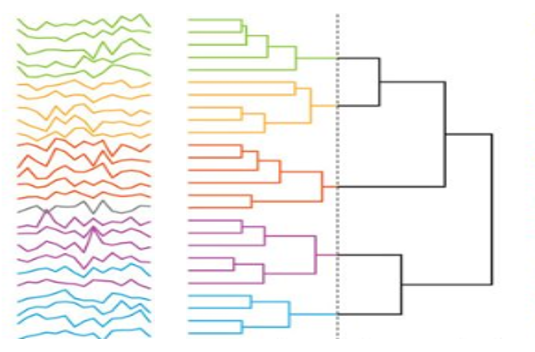
Aim: Predict costs and healing scores
Short list of diseases: All diseases that can be inferred from drugs with a good accuracy (e.g. transplant recipient, diabetes mellitus, HIV disease, hypertension and heart failure, thyroid disorders) or with a satisfactory accuracy (malignant neoplasm, osteoporosis, Crohn’s disease and ulcerative colitis, migraine, epilepsy, etc.).
Long list of diseases: Some diseases might also be inferred from drugs but with less accuracy, because they are not necessary treated by drugs. Infections, polyarthritis, hemorrhoids, Alzheimer’s disease, obesity, or pain, are all examples of diseases associated to specific drugs whose screening based on drugs only lack of sensitivity.
Other sources: Health condition can also be derived from other sources of information, such as nursing homes or maternity related bills. Dialyses sessions might provide information on end stage renal failure depending on the availability of the corresponding bills.
It is also possible to identify other groups of diseases by analyzing visits to neurologists, psychiatrists, urologists or other specialists. Predicting costs from these visits might create pernicious effects, such as a financial incentive to address patients to such specialists in order to increase the expected costs.
The classification models are described with more details in the adjustment section of each indicator.
